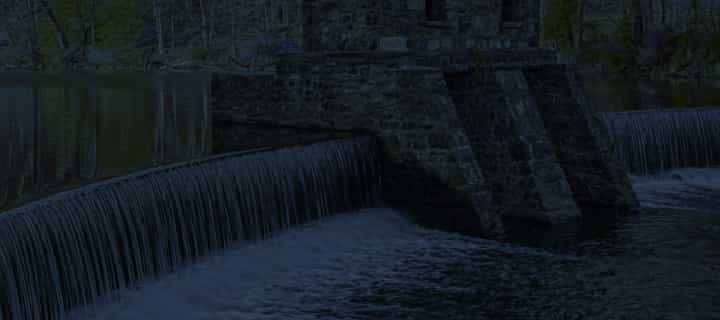New Jersey Structural Failure and Building Collapse
Request a Free ConsultationConstruction or demolition sites can be dangerous places where, if the proper precautions are not taken, accidents can and do happen. Of these, a building collapse is one of the most catastrophic; causing serious, life-changing injuries and fatalities. Often, an injured person may become disabled, or require long term medical care – both of which create major financial hardships for them and for the families who depend on them.
If you have been injured, or a loved one has been injured or killed in a construction accident caused by a building collapse, you deserve justice and compensation for your hardships. New Jersey construction accident lawyers of Grungo Law are strong advocates for victims of negligence and will work tirelessly to track down the responsible party and hold them accountable for their actions.
Causes of Structural Failures and Building Collapse
A building collapse can happen in two different ways, both of which result in major destruction. When structural elements fail, a building will collapse into itself, pulling the exterior walls into the falling structure. The result is a dense debris field in a relatively contained area. Individuals inside the building could be trapped under massive amounts of heavy debris.
Conversely, if a building collapse is the result of an explosion or weather-related occurrence, the building will collapse in an outward direction, leaving a large, less dense area of scattered debris. The result can be injury to anyone inside the building as well as anyone in the general vicinity around the building. Furthermore, because of the larger area, rescue workers may find it more difficult to locate any injured parties or estimate the number of possible victims.
Elements that Cause Building Collapses
- Construction or demolition activities
- Poor design
- Improperly constructed foundation
- Insufficient inspection and maintenance
- Defective products or substandard materials
- Inadequate soil testing/preparation
- Water infiltration
- Poor roofing quality
- Extraordinary loads that exceed capacity
When a building collapses after an earthquake, explosion, fire, or weather-related structural failure, many might believe that the collapse was unavoidable. However, this is very often not the case, and following a thorough investigation, it can be discovered that a design defect or poor workmanship in the construction of the building is the ultimate cause of the collapse.
Hazards Following a Building Collapse
- Structural instability or secondary collapse
- Exposed live electrical wiring
- Exposure to airborne smoke and dust
- Natural gas leaks creating a flammable and toxic environment
- Secondary explosive devices left by terrorists
- Risk of cuts by broken glass and exposed rebar
- Exposure to hazardous materials
- Falling debris
- Exposure to pathogens from broken sanitary sewer systems
- Residual chemical, biological, or radioactive contamination
- Hidden hot spots
- Loud noises
Determining Liability in Building Collapses
Determining the exact cause or causes of a building collapse is a complex and highly technical process. In many cases, a thorough investigation finds evidence of negligence on the part of architects or structural engineers, general contractors or sub-contractors, property owners or building inspectors. If this is the case, individuals and families who suffered injury or loss of a loved one may bring a third party liability lawsuit against one or more of these parties.
Parties Who May Be Entitled to Compensation
- Building residents and visitors –Anyone in the building at the time of collapse.
- Innocent passers-by – Individuals walking by or standing in close proximity to a building at the time of collapse.
- Rescue workers – Rescue workers injured in the aftermath of a building collapse.
- On-site workers – Construction workers injured in the initial collapse or during the cleanup.
- Area residents –Residents who suffer from the inhalation of smoke, dust, or other airborne toxins or suffer the effects of contaminated waste or loud noises.
